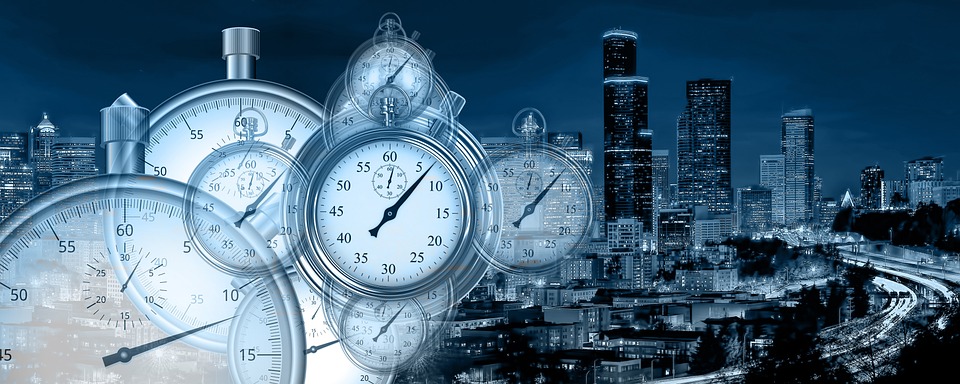Effects Of Inflation Are Cumulative And Volatile

Image Source: Pixabay
Effects Of Inflation And Expectations
Since the practice of inflation by governments and central banks is intentional and ongoing, the expectations for the effects of that inflation are reasonably tilted to the high side.
Although, allowing for differences of opinion and varying interpretations, the projections for "how bad it can get" seem at times to be overstated.
On the other hand, sometimes the reality can be underestimated, too. A good example of this came a couple of years ago when both Fed Chair Powell and Treasury Secretary Yellen repeatedly called the post-pandemic burst of inflation "transitory".
Currently, we are seeing signs of some slowing in the effects of inflation. This is partly due to the Fed's campaign to move interest rates higher. Whether they will be successful or not is debatable.
For now, let's take a look at what has happened in the past. Hopefully, there is something we can learn that will give us a clearer perspective of inflation's effects and what might be reasonable to expect going forward. See the chart below...
Historical Inflation Rate by Year - Chart (source)
As you can see in the above chart, the effects of inflation are ongoing. The only years (except for 1949, and 1954) of lower prices occurred in the 1920s and 1930s.
In those particular years, the prices that were paid for various goods and services declined; meaning, the dollar bought more - not less.
When looking at the chart, one might be inclined to think that inflation is a serious issue during certain periods and not so much during others. That might be true to a certain degree, but it doesn't do justice to the cumulative effects of inflation.
Cumulative Effects Of Inflation
The first year pictured on the chart is 1914, one year after the inception (1913) of the Federal Reserve. Prices rose by one percent in 1914, followed by a rise of almost two percent in 1915.
Now, imagine that the two percent rise in 1915 was stacked on top of the one percent rise in 1914; followed by each subsequent year being posted similarly. Each succeeding year adds to the height of the first and only column.
The exceptions to the continually increasing height are the years shown in red, which result in reducing the effects of inflation and decreasing the height of the column temporarily.
After more than one hundred years of inflation, the single column won't fit on a single page, if we use the same scale as in the horizontal bar chart above.
The cumulative effects of a century of inflation are thus: the U.S. dollar has lost ninety-nine percent of its purchasing power. That means that it takes one hundred dollars today to buy the equivalent of what one dollar would buy a century ago.
Here is another way to think about it. Without the effects of inflation over the past century, goods and services would cost about the same as before. Imagine paying ten cents for a loaf of bread, or ten cents for a gallon of gasoline.
Effects Of Inflation Are Volatile
Besides being cumulative, the effects of inflation are also volatile. Each period of high inflation pictured on the chart above was followed by a longer period of significantly lower inflation.
In 1919, the rate of inflation was 14.55 percent. This came on top of three prior years of double-digit increases in 1918 (20.44%), 1917 (18.10%), and 1916 (12.62%).
The brutal effects on the U.S. dollar were that it lost purchasing power of more than fifty percent during those four years alone. A dollar at the end of 1915 was worth only 48 cents by the end of 1919.
Then, a funny thing happened on the way to 'hyperinflation'. During 1920, the rate of inflation fell to a very modest 2.65%. Next up were twelve years of net deflation. Prices declined in eight of those eleven years.
The net effect was that $1 at the end of 1920 was worth $1.71 at the end of 1932 - a whopping seventy percent increase in purchasing power.
The original $1 at the end of 1915, which had dropped to a value of 47 cents at the end of 1920, was now worth more than 80 cents.
All of this occurred against the backdrop of World War I, a collapse in commodity prices worldwide, a depression in rural America during the 1920s, the Roaring Twenties, a collapse in Florida real estate, the stock market collapse in 1929, a full-scale worldwide depression and a Federal Reserve which jumped back and forth between lowering interest rates and raising them.
Expect The Unexpected
All fiat currencies are inherently inflationary because there is no restraint on the government to act prudently when it comes to finances. As long as that is the case it is reasonable to expect the effects of inflation to continue pretty much unabated.
Also, those effects are cumulative and volatile. So, expect them to get worse, realistically so; but allow for the possibility of periods that may not resemble your expectations.
The situation is not hopeless, however. There will be periods of moderately lower effects, even deflation on occasion. Just when it seems to be about as bad as it can be, the tide turns. There is also an end to inflation.
More By This Author:



